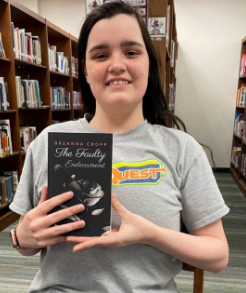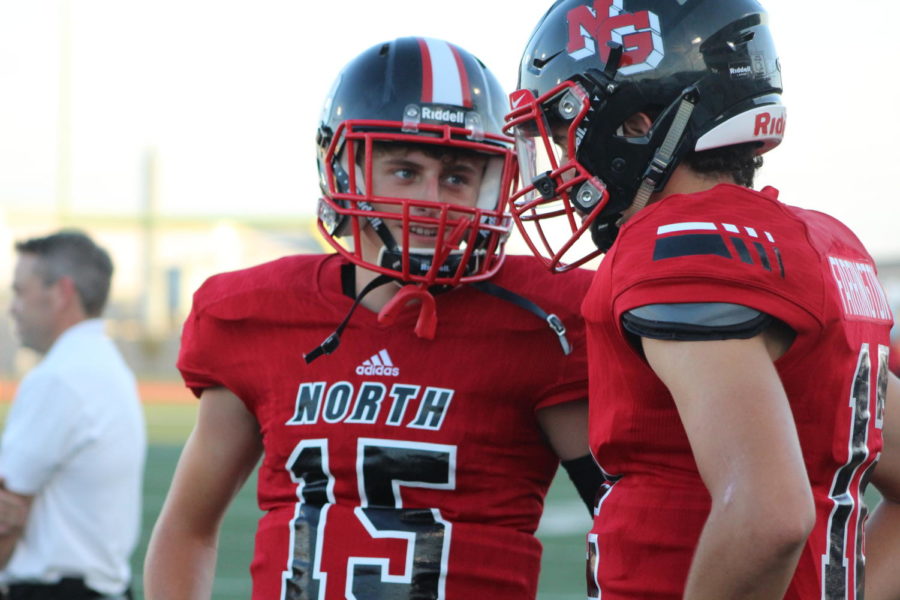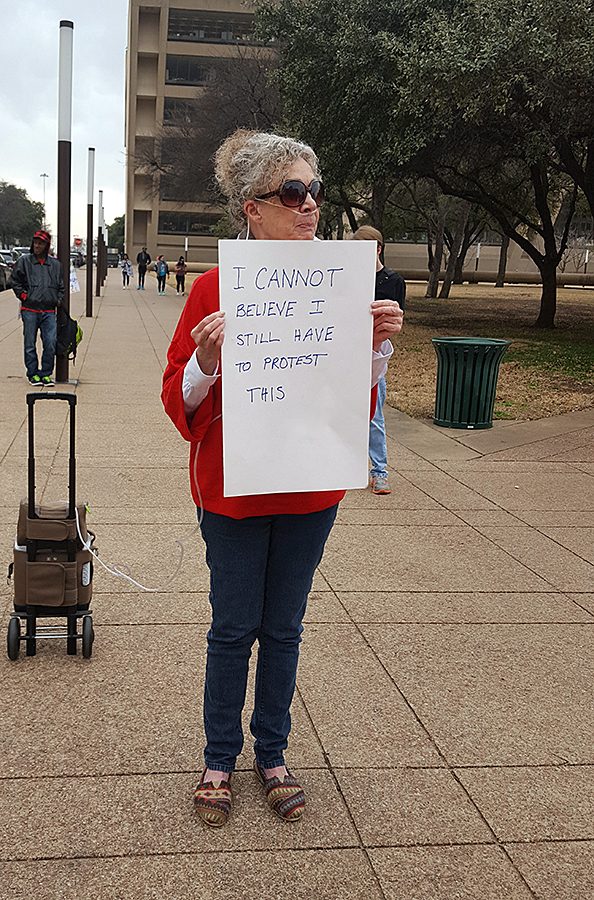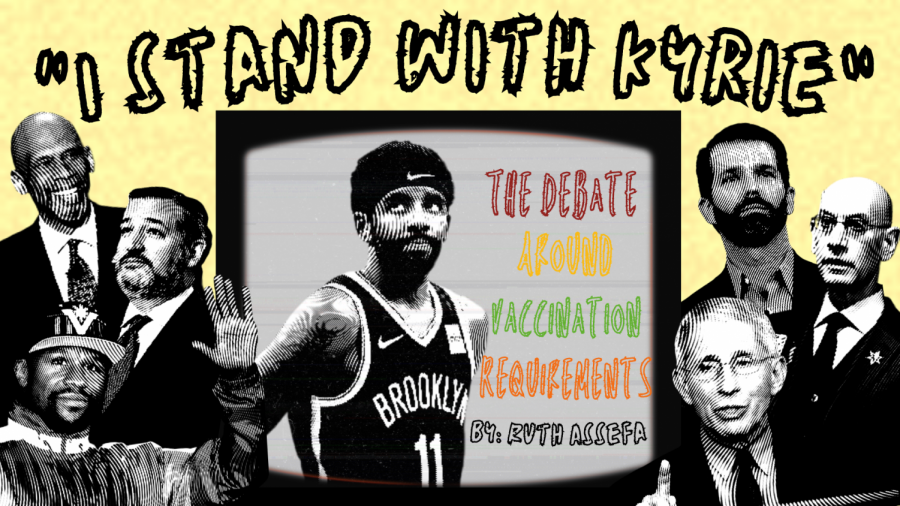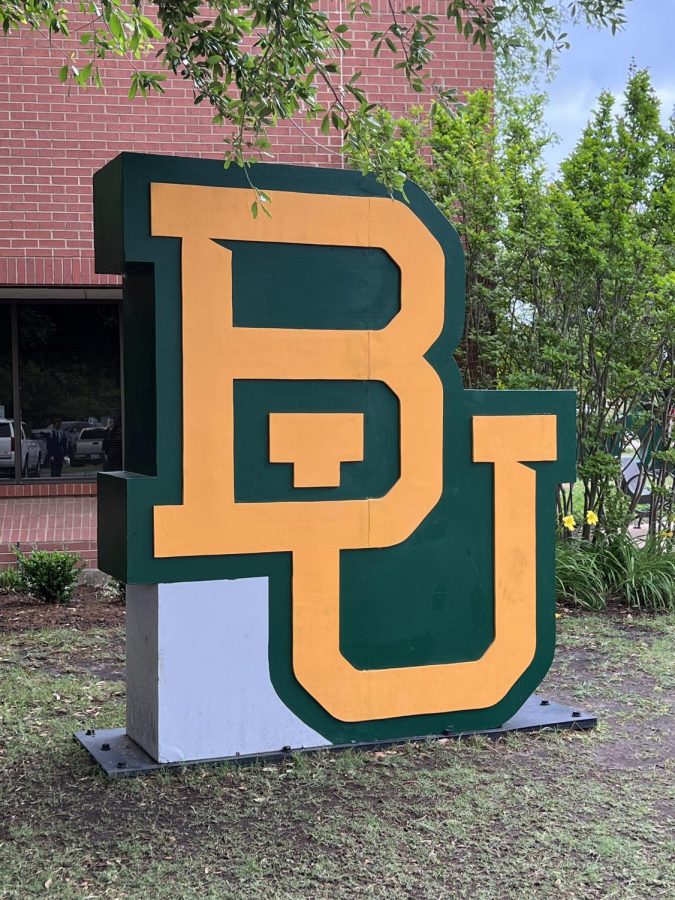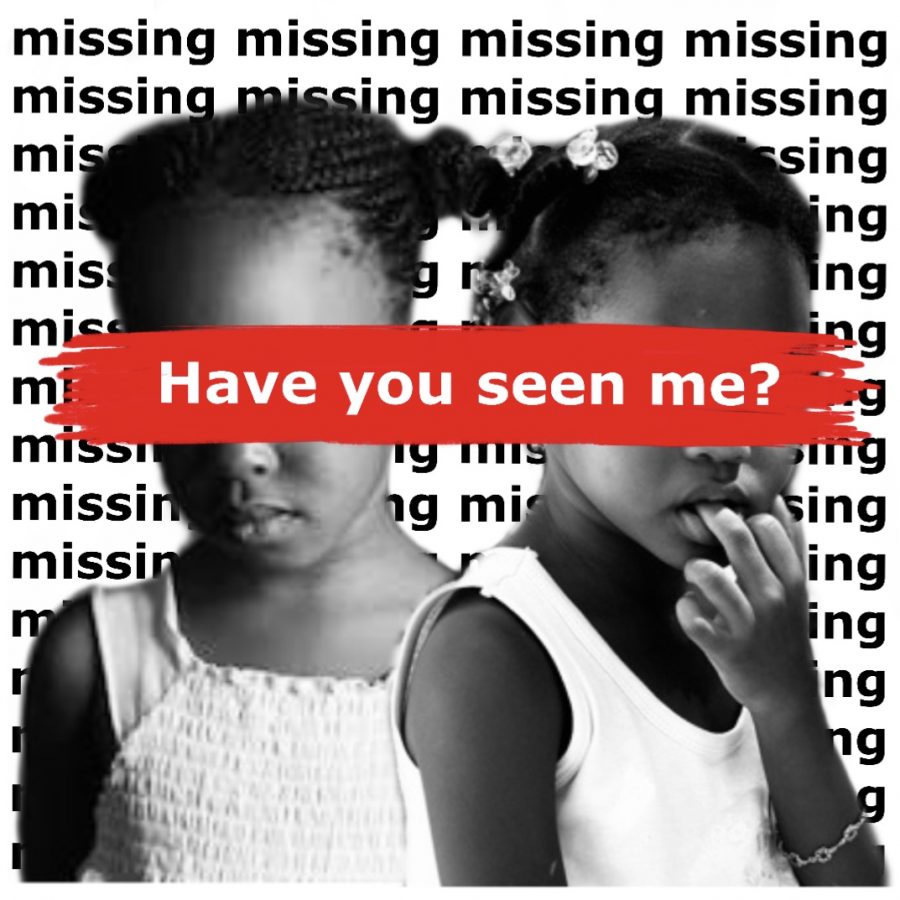The missing girls of America: An epidemic raising alarm
Kamille McKinney, three years old. Nevaeh Adams, five years old. Jenna Hospedales, 14 years old. Aniah Blanchard, 19 years old. Alexis Crawford, 21 years old.
All these girls are black. All were reported missing in 2019.
These recurring disappearances are part of a widespread epidemic where black girls are going missing at higher rates than those of other races. Parents and loved ones of these girls are often left with little answers feeling neglected by law enforcement and media. But what is causing these unusual rates of missing person cases riddled with black girls, and why does it seem like no one cares?
The FBI National Crime Information Center database recorded that in 2018, of the 424,066 missing children, 37 percent were black even though black children make up only 14 percent of the children in the U.S. According to an analysis done by the Journal of Criminal Law and Criminology, only one-fifth of these missing cases received media attention.
Take the case of Mariah Woods. The three-year-old white girl went missing in Jacksonville, North Carolina and was later found dead. Just a counties over, two black children also went missing. Only Woods’, however, case reached national news and had a 700-person search. Family members, such as Paula Cosey Hill, a woman whose 16-year-old daughter went missing in 2008, said in an interview with ABC News, that no matter the race, a missing children’s case deserves, at the least, high local attention through media coverage and police presence. There are many factors that go into the media coverage, or lack thereof, of black people. One major reason is ‘missing white woman syndrome’. Coined by PBS anchor Gwen Ifill, this describes the media sensationalized coverage of young, middle-class white women compared to that of missing women of color.
“The media and the government consistently show that they don’t care for minorities, especially black women,” junior Michelle Akanno, a black girl who is only two years older than Jenna Hospedales, said. “It’s upsetting and degrading, but it’s not surprising because it’s to the point where I just expect it.”
There is also a disconnect between the black community and law enforcement, which leads to a lack of reporting to the police when family members go missing.
Working as a school resource officer, Steve Schnoeblen has never seen racial biases when involved in missing children’s cases.
“We don’t care what race you are,” Schnoeblen said. “If there’s a child missing, then there’s a child missing.
Unfortunately, this effort isn’t representative of the reality for missing black children.
When black families do reach out to law enforcement, they are often met with the wrong assumptions. In an interview with CNN, Natalie Wilson, co-founder of the Black and Missing Foundation, a non-profit working to bring awareness to missing persons of color, said that her organization has dealt with many cases of black children being misidentified as runaways rather than missing. The National Center for Missing and Exploited Children (NCMEC) stopped identifying children as runaways last year, because such cases were found to be desensitized by the public and news outlets.
Schnoeblen adds that in his years of working on patrol, there’s been a way to clearly identify a runaway and a missing child.
We try to talk to the parents to see if there are any problems or any reasons for why they ran away,” Schnoeblen said. “We contact the school. They go to and see if there’s a boyfriend or a girlfriend problem or getting poor grades or getting in trouble in school, and usually you can determine it that way if they ran away.”
When thinking of missing children many often imagine a young child being abducted, presumably by a stranger, and don’t take into account of missing children’s cases involved with family members, children running away from dire home environments or children being lured away from home. Furthermore there is a disproportionate amount of black and brown children who are in the foster care system, more likely to be homeless and are vulnerable to sex trafficking. Thus these high risk cases classified as runaways are met with less urgency or care by police departments and even less media attention.
A report by Black and Missing Inc. found that the desensitized tone towards missing black children comes from the preconceived idea of minorities living in low income areas thus crime and danger becoming a norm in their lives.
Akanno doesn’t find this surprising as she sees stereotypes against black people playing a role in the urgency to find them.
“People want to classify them as runaways so they don’t feel obligated to look for them,” Akannno said. “It’s always easier to just place an [assumption] on us.”
However, due to public outcry and growing attention, the nation has seen a significant push to address the amount of black girls that are missing and how their cases are being handled.
In 2017, the Washington Metropolitan Police Department was met with an angered community, both in the area as well as online, who wanted to find their missing girls. This spiraled into hashtags used on social media, such as #findourgirls and #missinggirlsdc, which caught the attention of celebrities like rapper Cardi B and actress Viola Davis.
In 2017, on capitol hill, the congressional black caucus called for the justice department to help the police department handle the many missing children’s cases. Cedric Richmond, D-La., chairman of the caucus, singled out then Attorney General Jeff Sessions and, then FBI Director James Comey to relocate the necessary resources in order to investigate if these missing cases were just an oddity or if there was a deeper issue to be addressed.
The handling of these cases show a deeper issue with an underlying cultural idea of racism and classism.With the help of social media and growing awareness concerning the trend in these missing cases, a progressive future holds.
Of the five girls mentioned in this story, only Hospedales was found safely. McKinney, Adams, Blanchard and Crawford were found dead.
To learn more about other cases go to blackandmissinginc.com

My name is Gelila Negesse, I'm a senior at North Garland High School and this is my third year on newspaper staff. I came on staff to create graphics and...


